We recently spent two days exploring the ancient city of Lijiang, China, a UNESCO World Heritage Site highly praised for its beauty and well-preserved architecture. Of the three cities we visited in Yunnan, we were expecting Lijiang to be our favorite. The whitewashed walls, sloping slate roofs and tinkling canals were certainly lovely, but once we dug below the surface it all seemed a bit generic and characterless. Whereas Shangri-la’s Old Town has managed to retain some of its authenticity, Lijiang felt more like a Han Chinese theme park than a truly unique Yunnanese town, and the loosely enforced 80 RMB entrance fee (13 USD) for the old town adds insult to injury. But that’s not to say the ancient city is without its charms.
Lijiang’s best attraction is Mu Mansion, the home of a former Naxi chieftain whose family ruled the city for nearly five centuries. The sprawling property was heavily damaged during the region’s devastating earthquake in 1996 and restored (or, some say, rebuilt from scratch) by the World Bank. The place is similar in design to Beijing’s Forbidden City, with a series of increasingly larger receiving halls in the center and living quarters along the flanks. The rooms are filled with antique furniture to give visitors a sense of how the family would have lived, although the arrangement is a little questionable; one room has a trader’s office on one side and a bride’s bedroom on the other. The scripture hall, itself a stunning three-story wood structure filled with more furniture, contains wonderful examples of Buddhist texts and volumes written in Dongba, the hieroglyphic language of the Naxi people. Built into the side of Lion Hill, the rear gardens are a peaceful retreat and offer lovely views of the city. But even at this historic site, restoration efforts appear halfhearted; the woodwork had recently been repainted, but no care had been taken to protect the ground and trimmings from getting splattered with paint. At least the 60 RMB entrance fee (10 USD) thinned the crowds.
Lion Hill looms above Mu Mansion and is accessed via a steep staircase off the old town’s main square. (Pass through the Kegong Archway and keep going up.) The scenic area is dotted with ancient cypress trees, flowers and even a peacock or two. Crowning the hill is a five-story wooden pagoda with colorful paintings for sale on each floor. Visitors who climb the creaking staircase all the way up will be rewarded with spectacular views of Lijiang and the surrounding area, though an overlook halfway down the hill provides an equally stunning photo op.
Lijiang means “City of Bridges,” and according to the World Heritage listing, there are 354 bridges spanning the ancient canals that weave through the old town like a web. Willow trees bend gracefully across streams and bells jangle as horses clop over cobblestones. The scene would be idyllic if not for the tourists in ethnic costumes striking ridiculous poses atop the bridges or riding horses down alleys too narrow to support the activity.
Beyond soaking up all the lovely scenery, we mostly wandered around the old town a little dejectedly, hoping for…more. The region surrounding Lijiang is supposedly the home of the Naxi people, but we saw little trace of their culture here. The few women in ethnic minority costumes were often either waitresses or tourists. Wildly popular with Chinese tour groups, Lijiang’s narrow lanes were densely packed with folks in matching hats following megaphone- and flag-wielding guides. Many picturesque canals were lined with rather dingy restaurants offering standard-issue Chinese food. The coffee served in a second-story cafe overlooking a pretty side street wound up more expensive than Starbucks. The same ten stores selling low-quality products seem to appear on every street. If there were shops promoting the region’s handicrafts or restaurants serving authentic Naxi cuisine, they were not in evidence.
Far more lively and unpredictable was the bustling market set up outside the old town’s southern entrance. Here, Chinese medicine doctors spread blankets on the ground covered with herbs and roots while dentists drill teeth a few feet away. Local farmers sell produce off the backs of carts, probably pedaled in from the field that morning, while fishermen show off the day’s catch in plastic buckets. Market stalls hawk everything from eggs and freshly butchered yak to rice and dried chilies. It’s a colorful place to explore and the least contrived part of town.
Have you ever visited a much-raved about locale and left feeling underwhelmed? Have you been to Lijiang and had a more positive experience? Let me know in the comments!
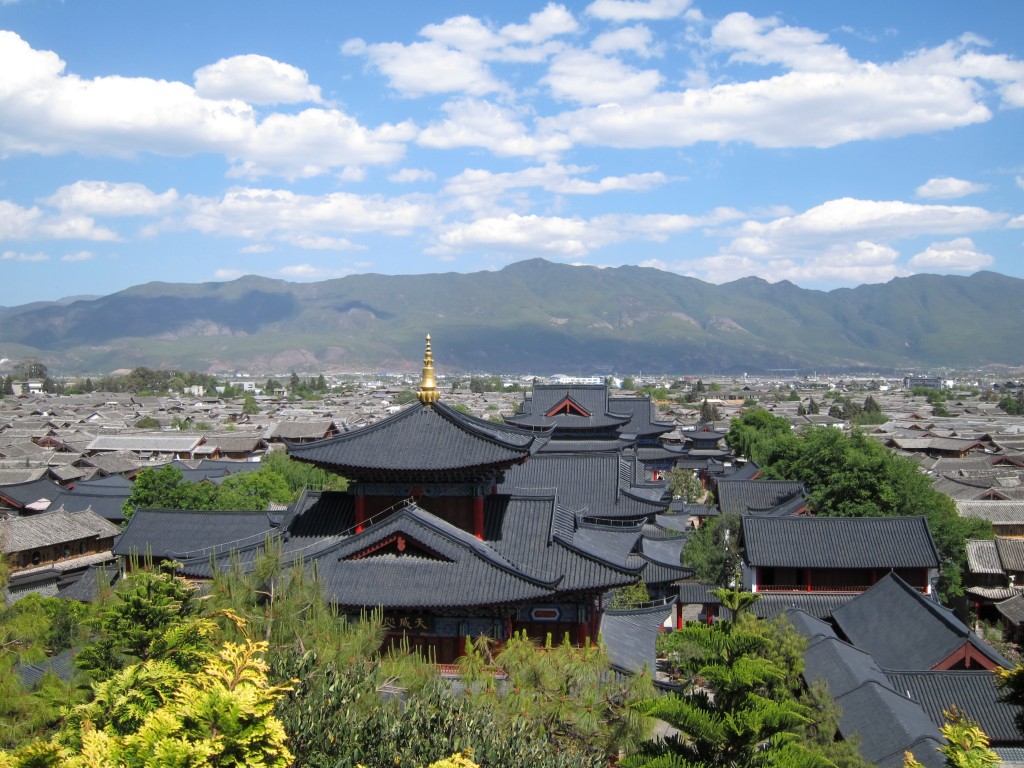
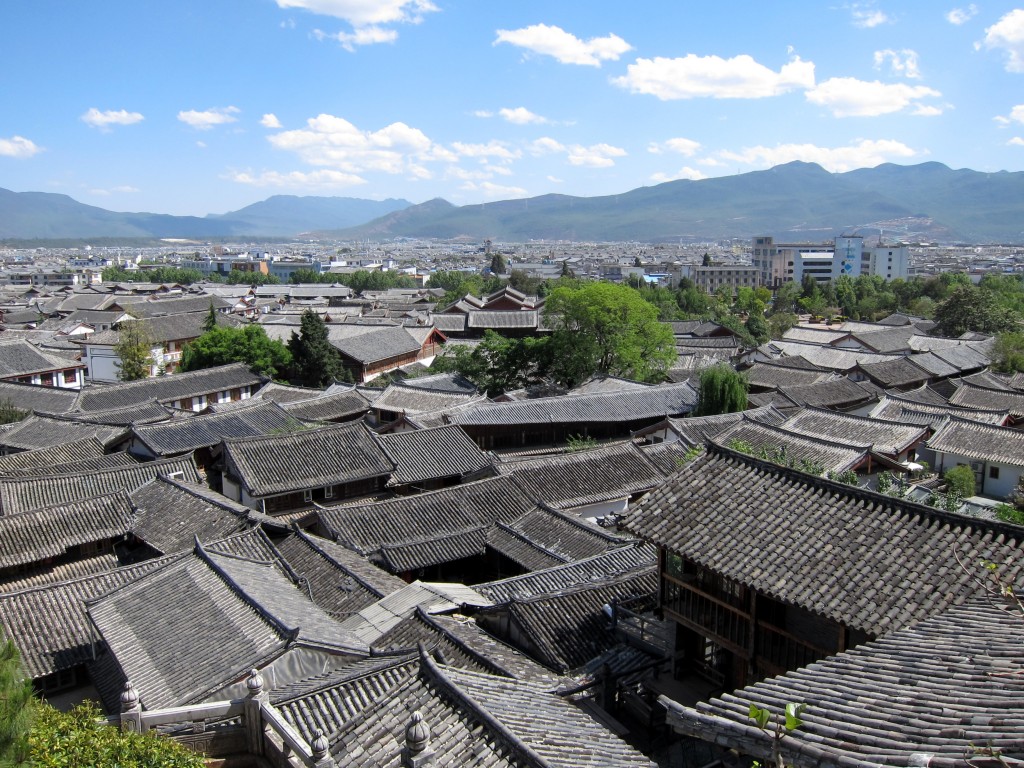
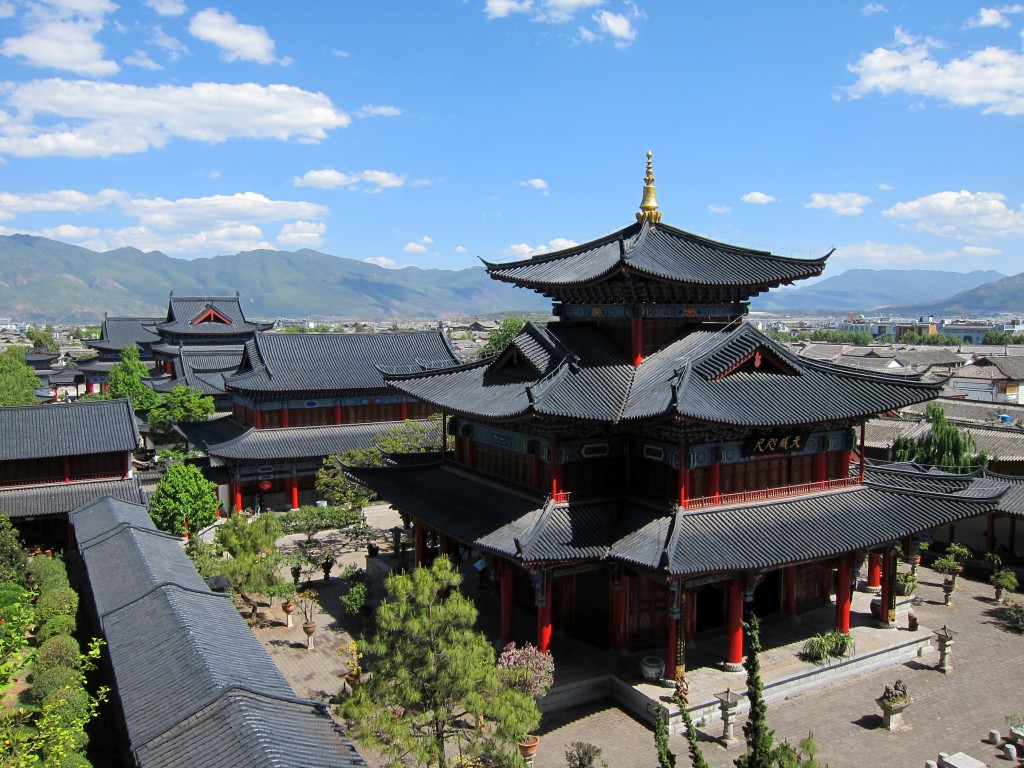
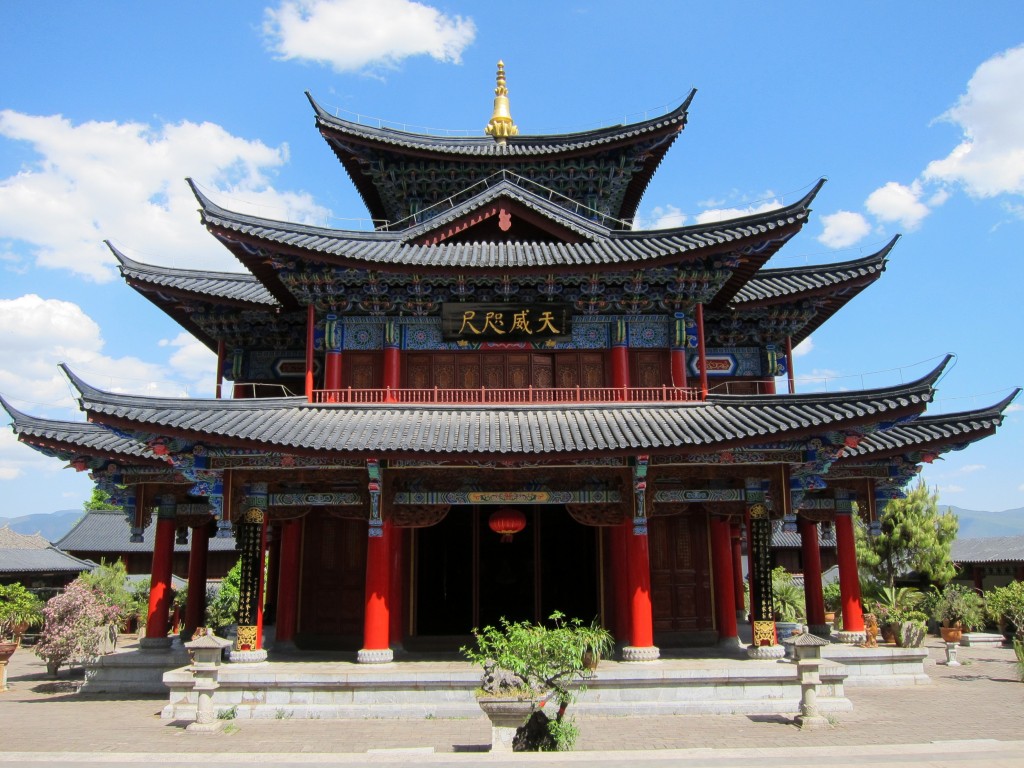
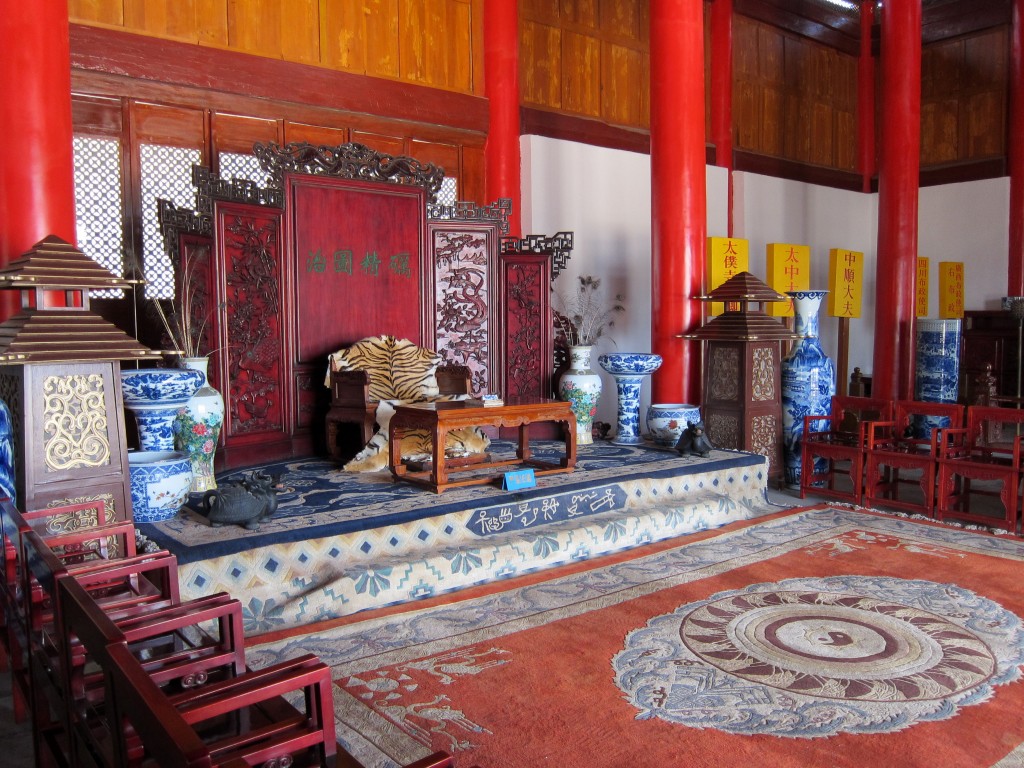
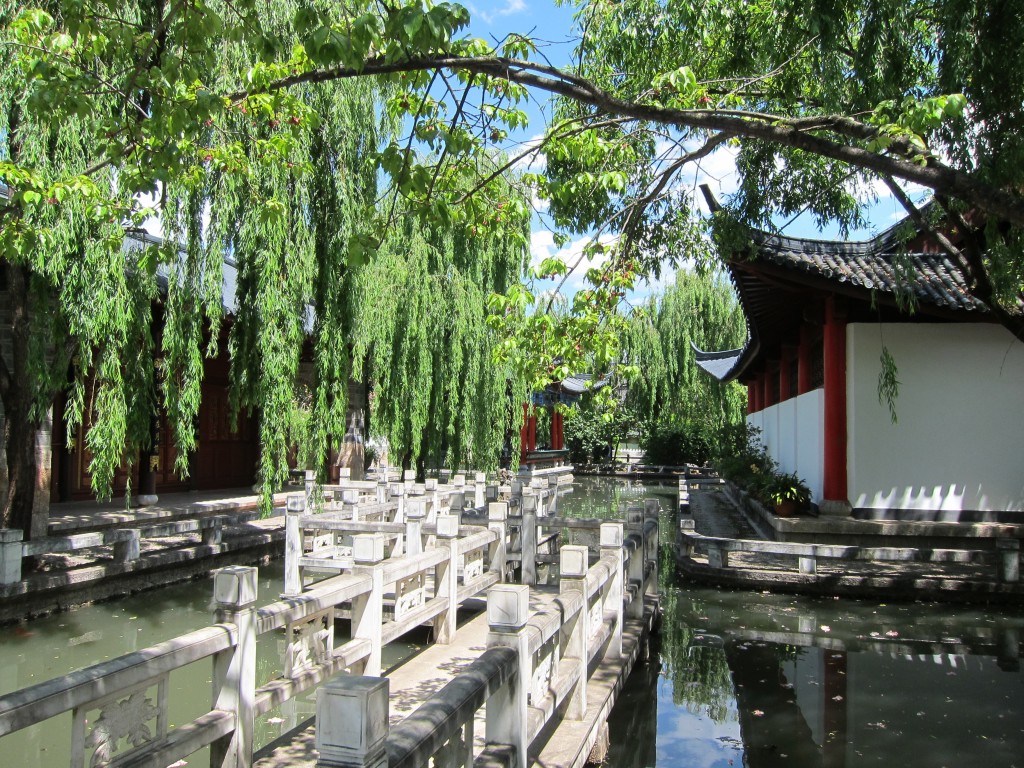
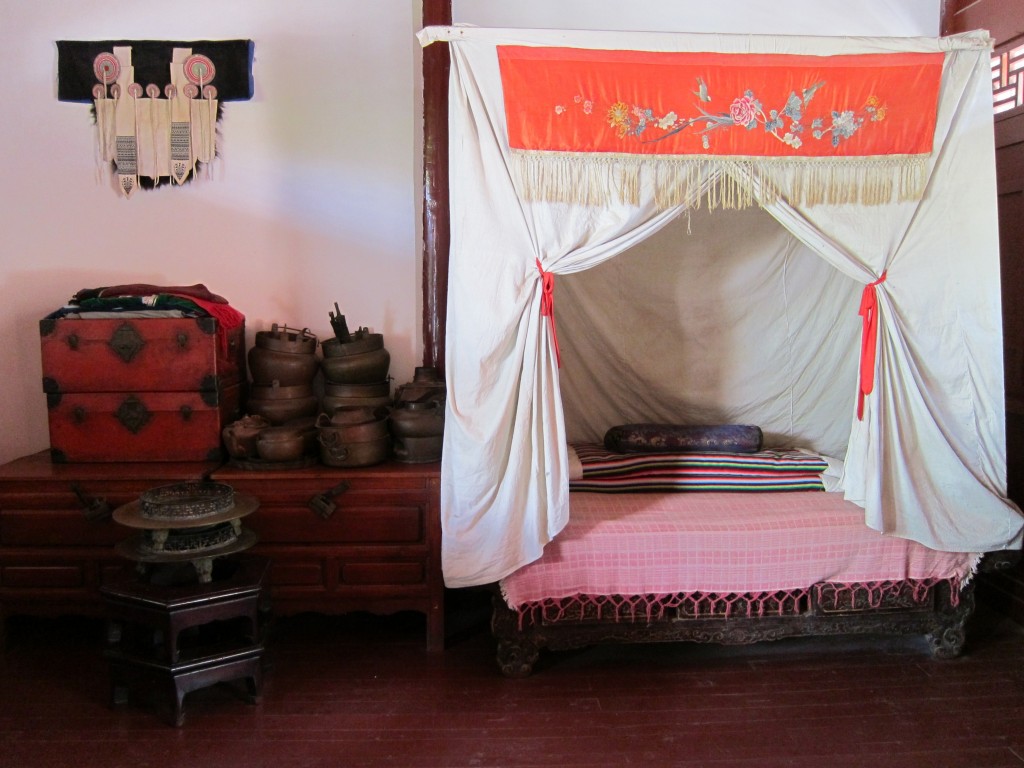
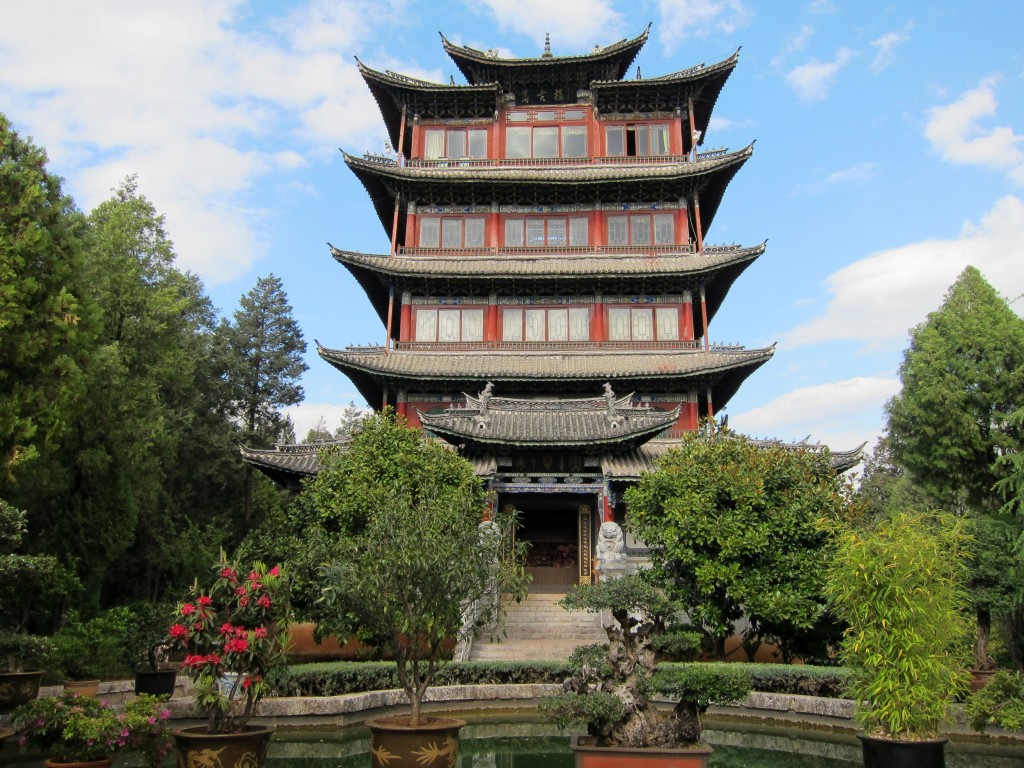
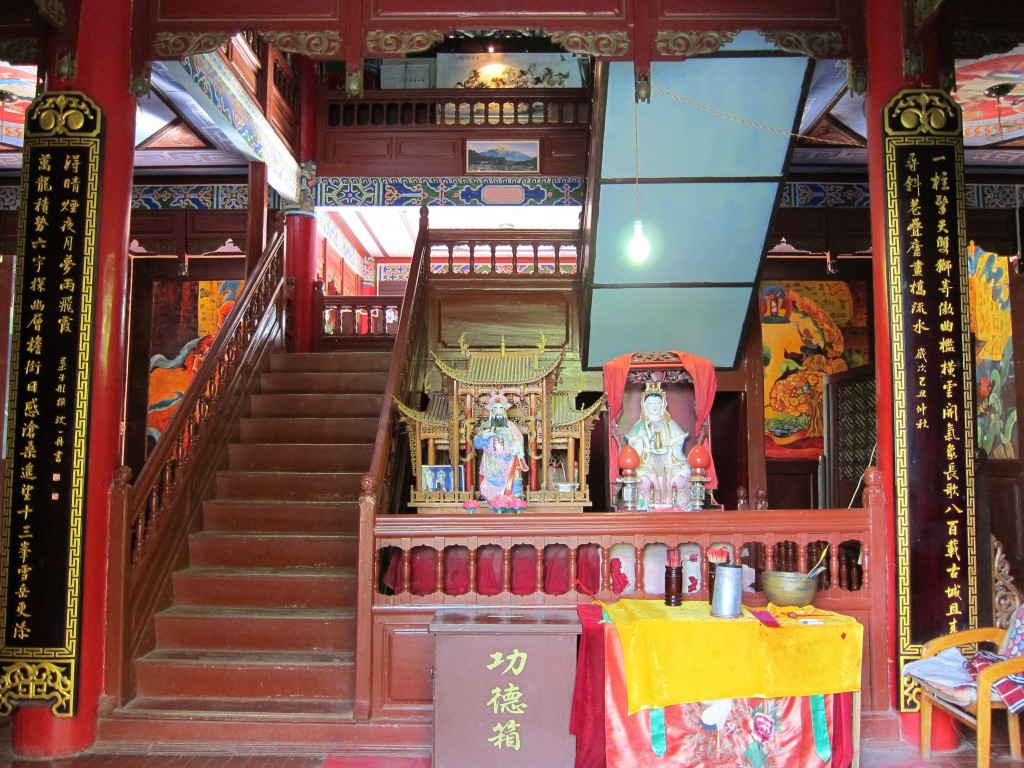
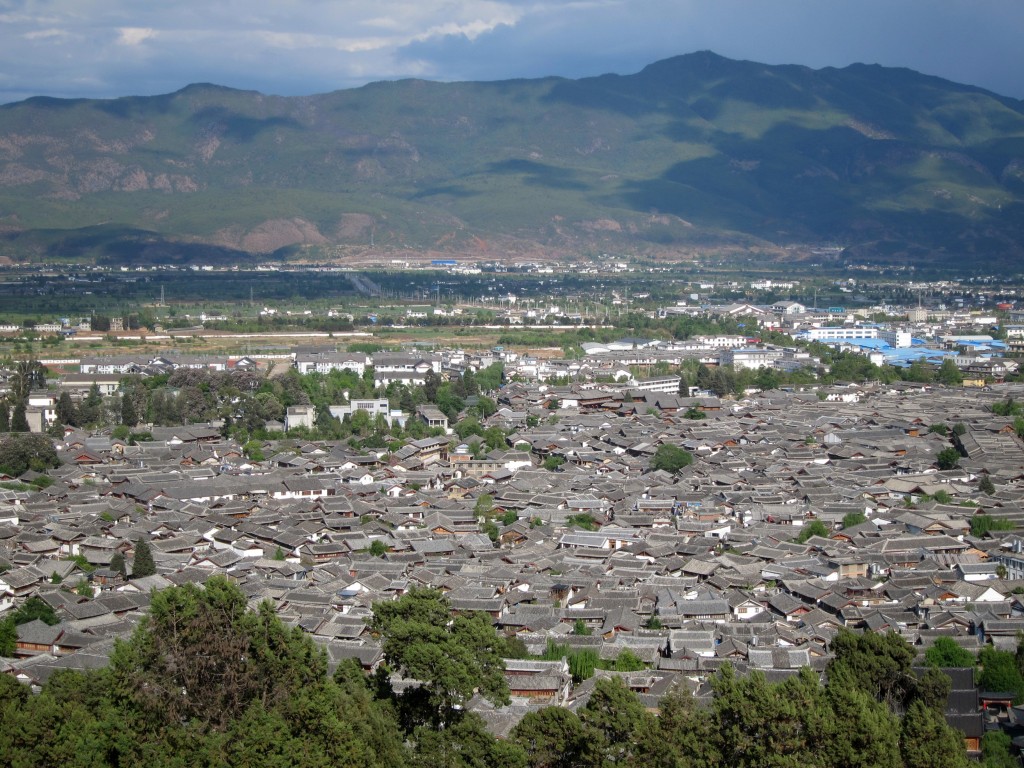
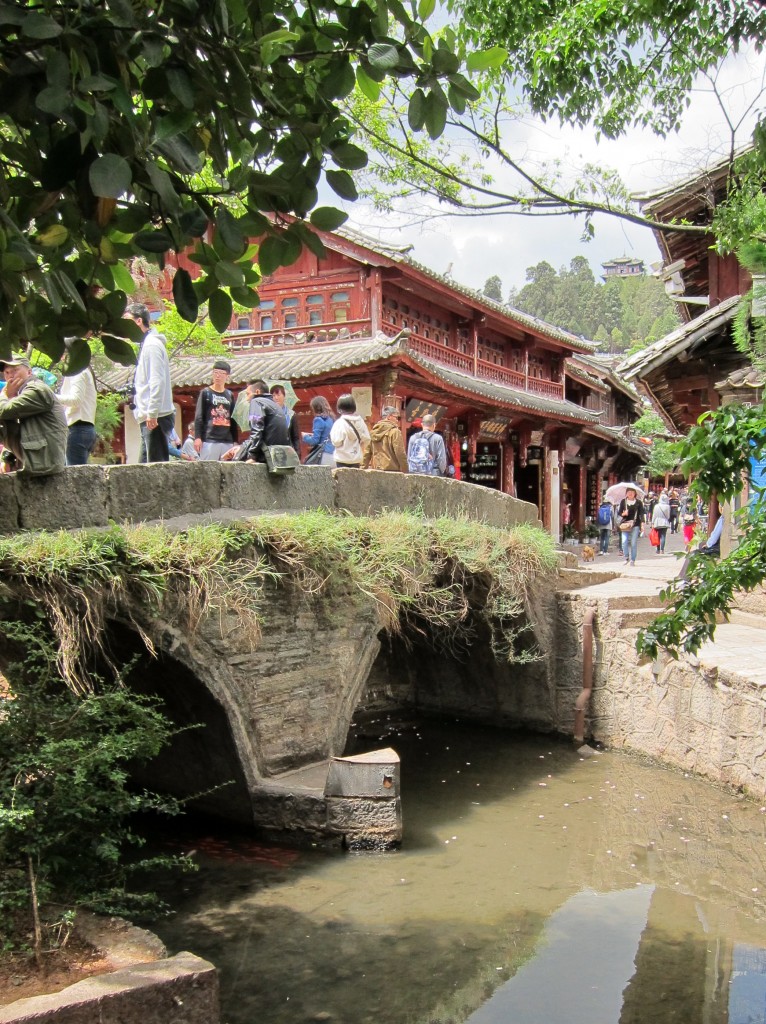
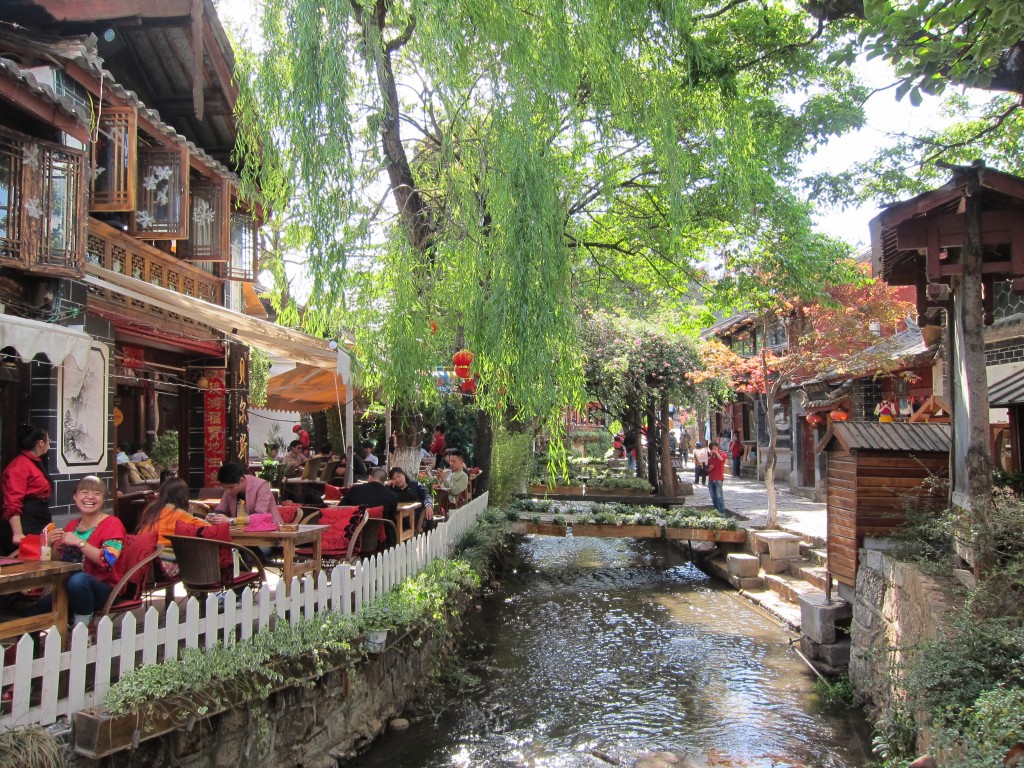
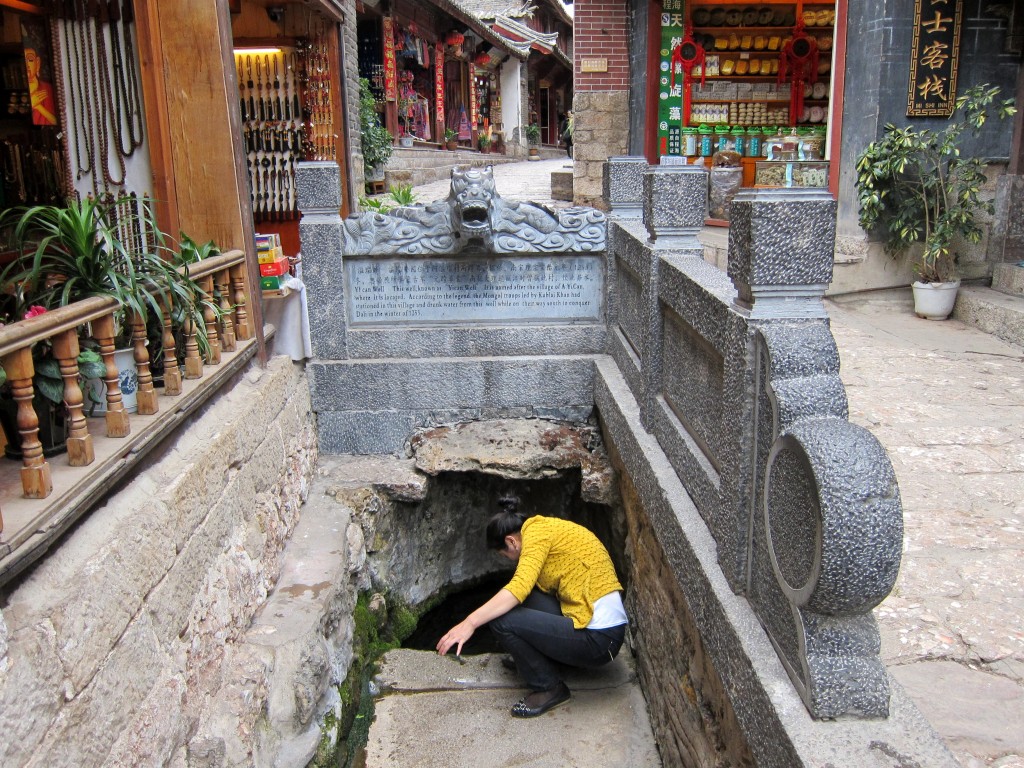
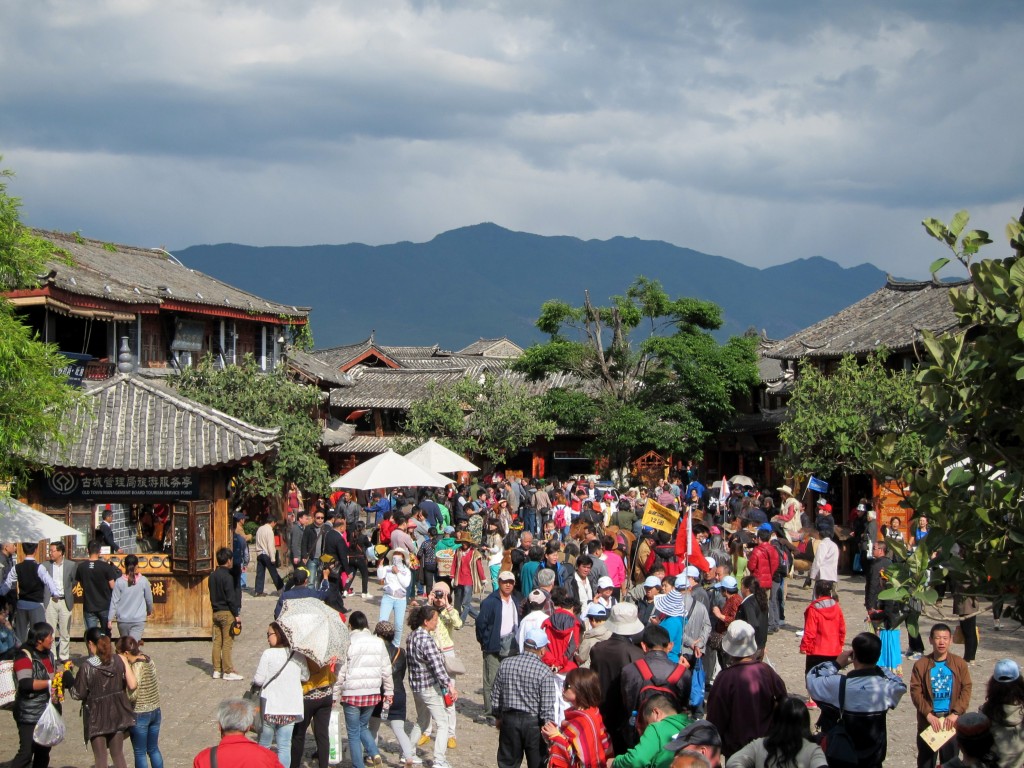
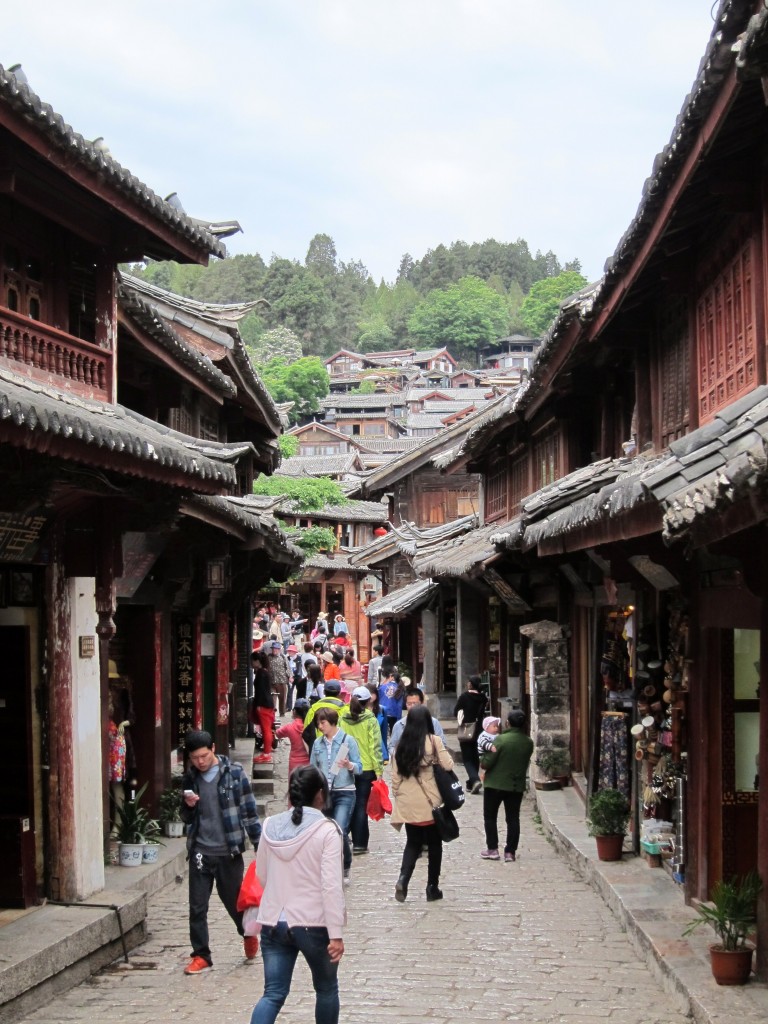
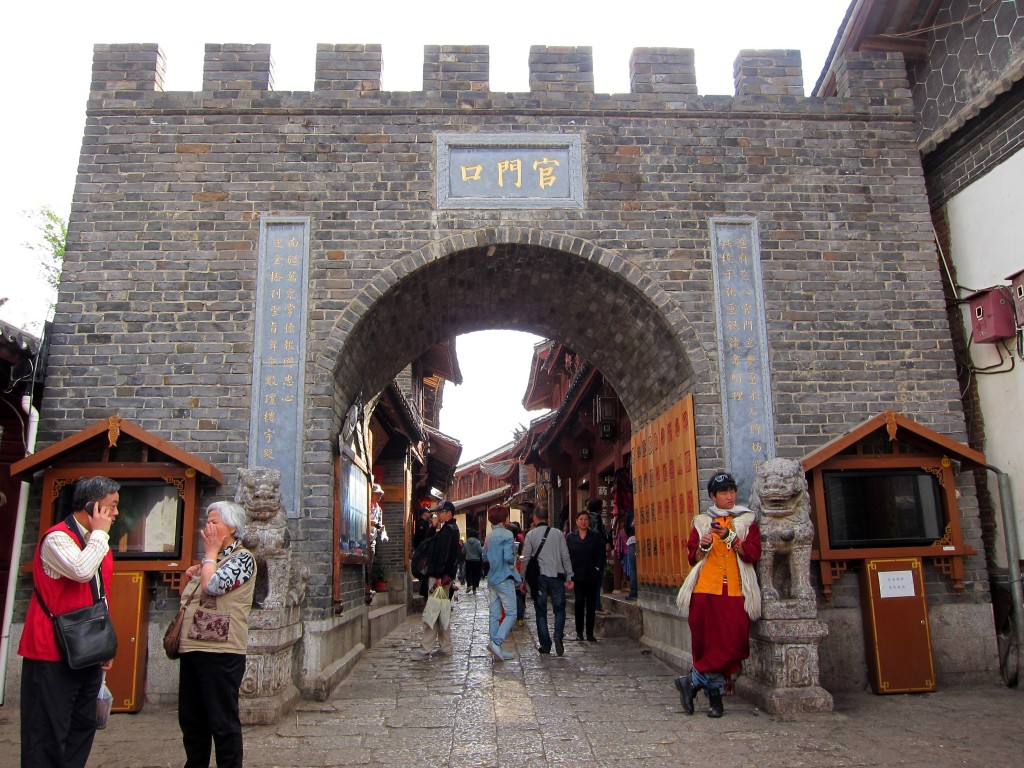
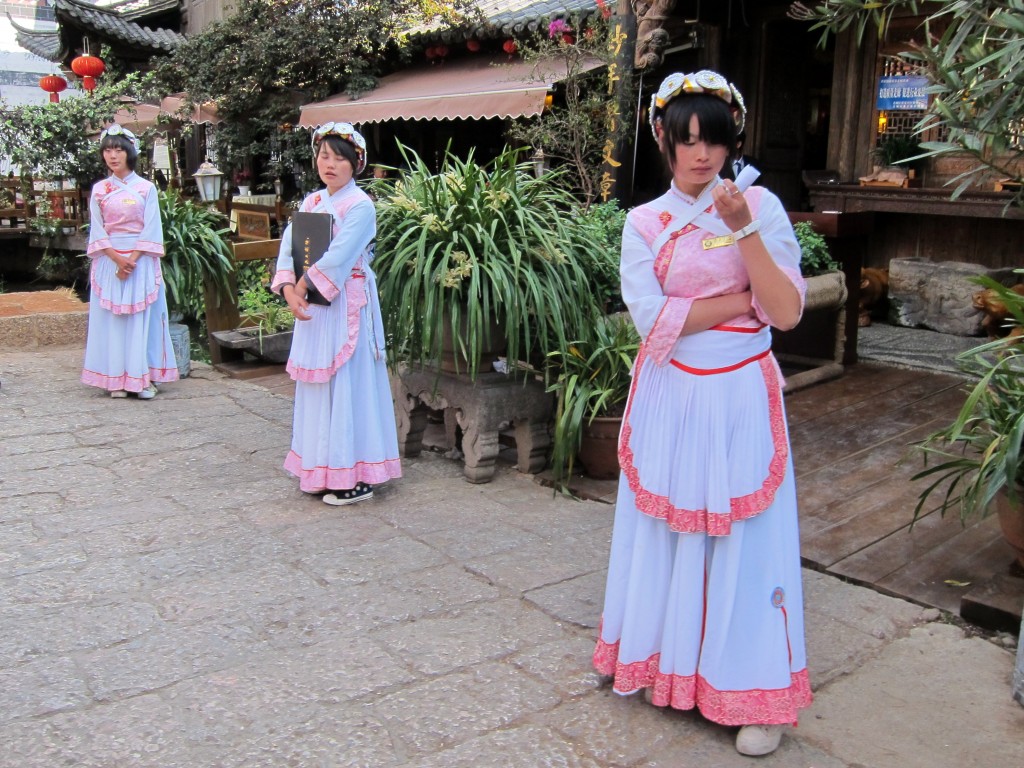
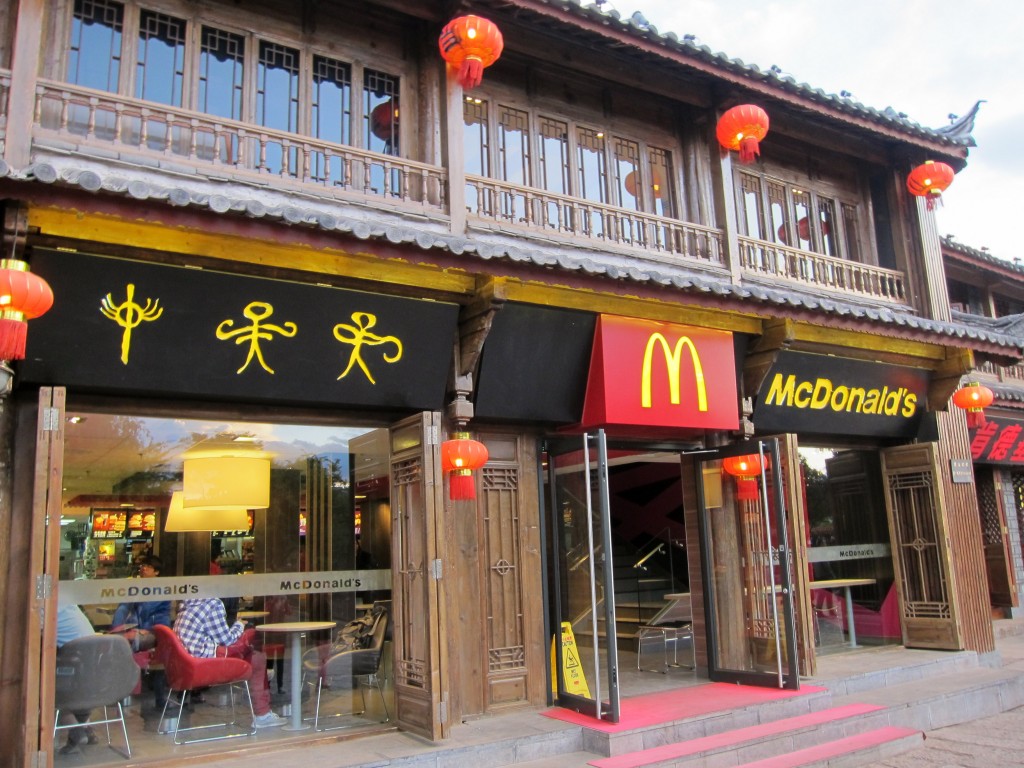
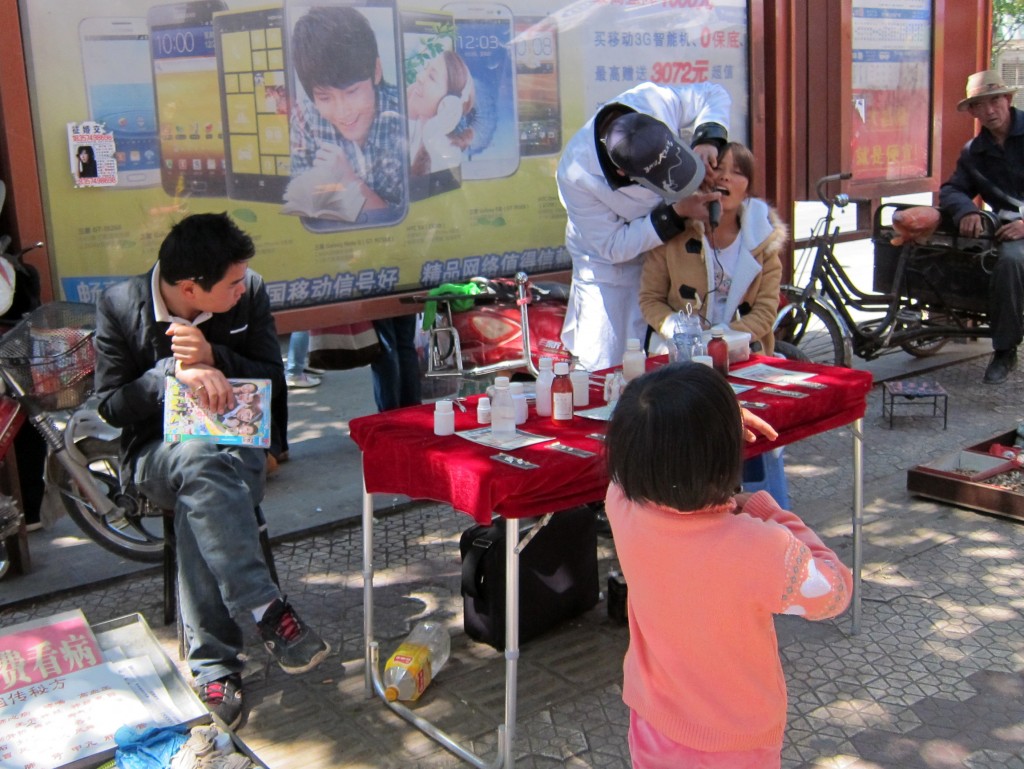
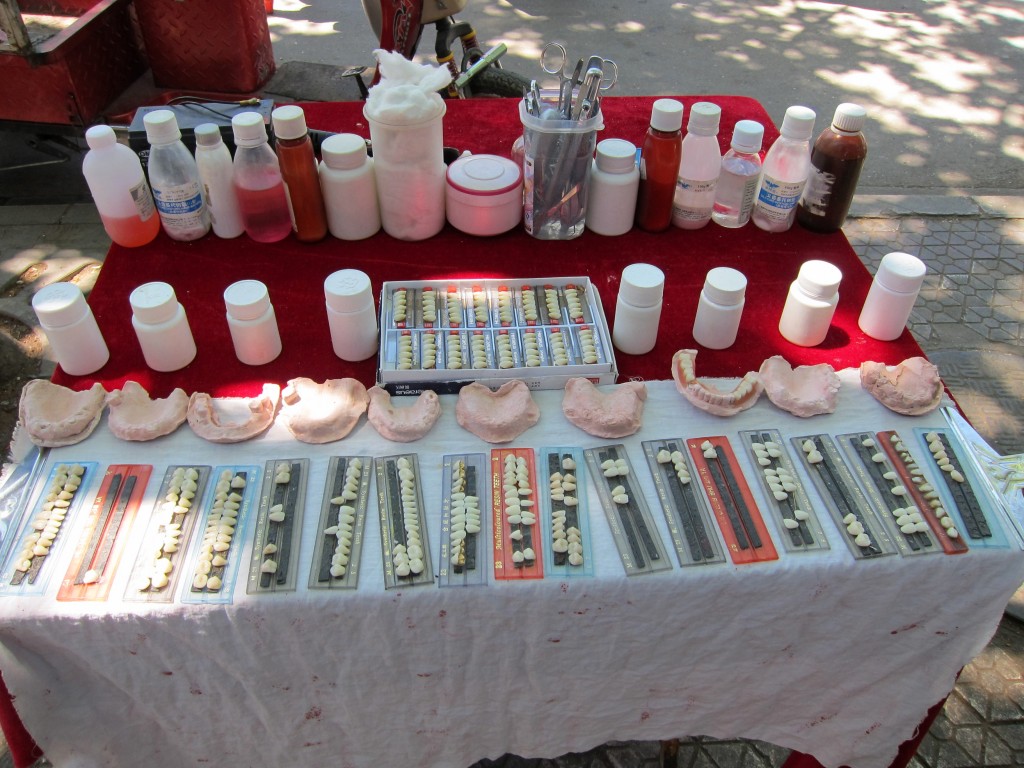
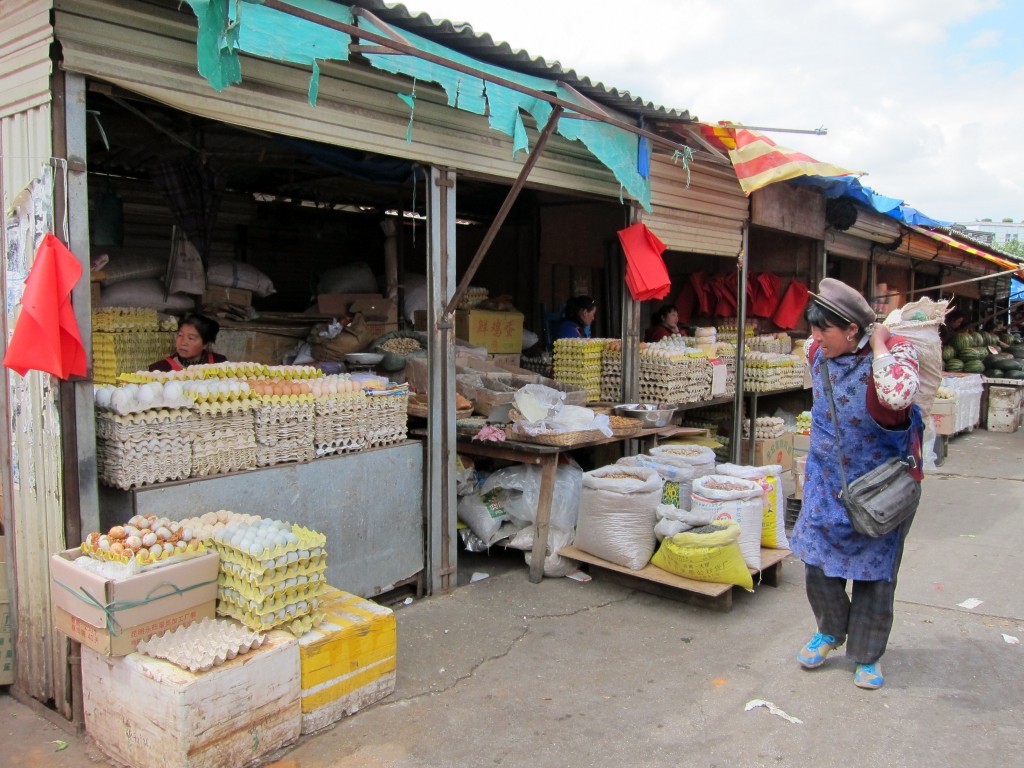
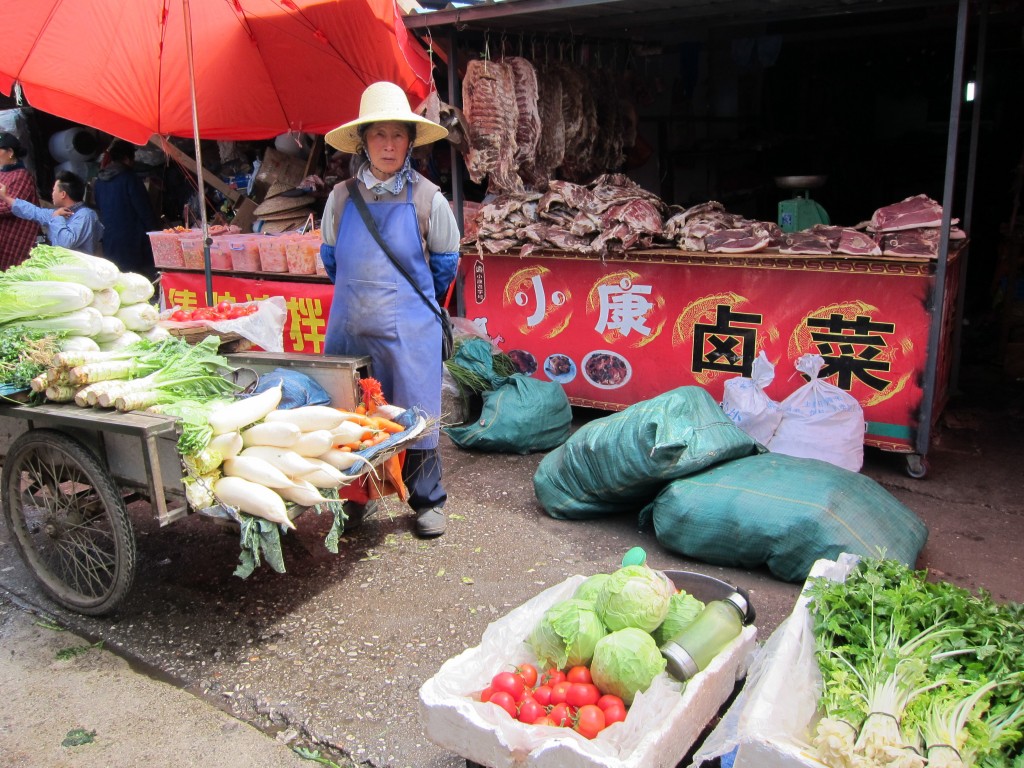
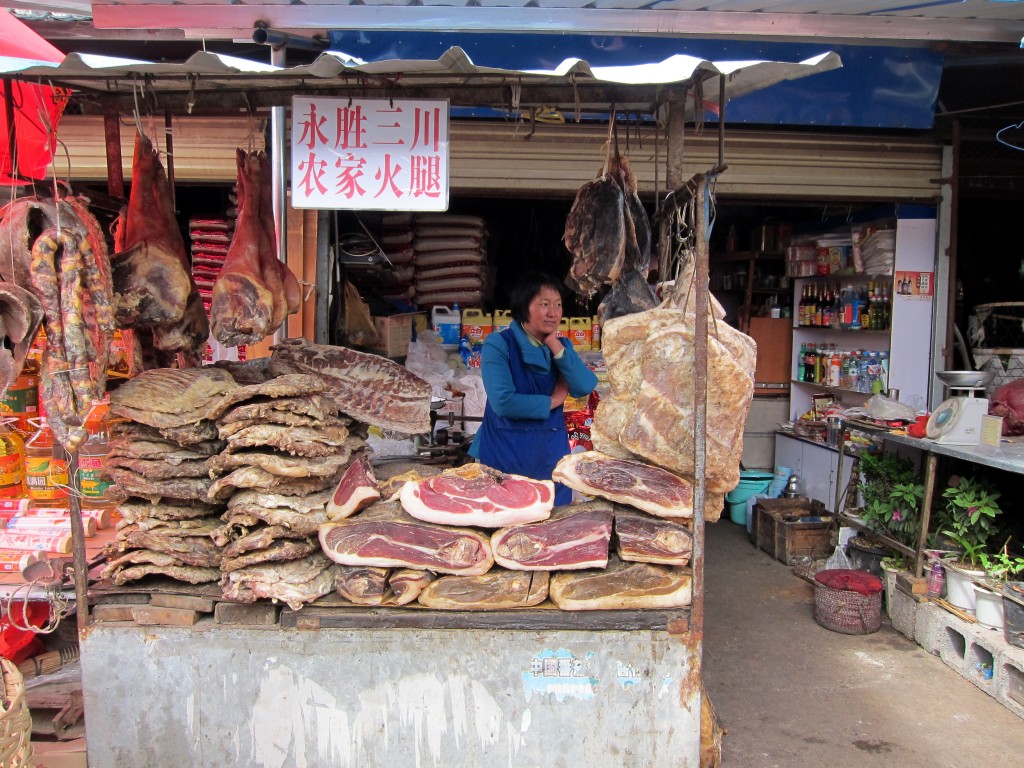
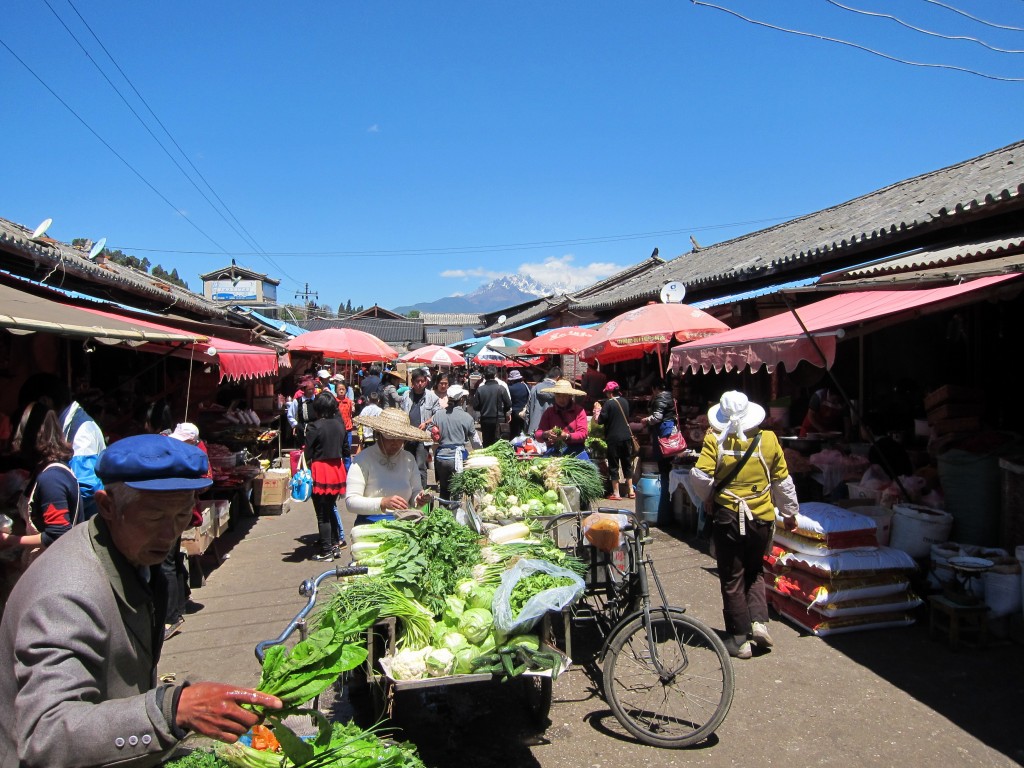
Honestly, this place looks like a nightmare to me. There’s good touristy, as in where tourists go and a place still retains its character – I’m in Cartagena, Colombia, at the moment, and while touristy, the city still has personality. This just looks like, as you described, some kind of Han theme park. It’s beautiful, but I don’t know if I’d be able to stand more than a couple of hours – although Mu Mansion and Lion’s Hill do look like fun.
I completely agree! China does have its share of good touristy places, like Yangshuo and Shangri-la, which feel much more authentic. I was very sad to find that wasn’t the case here. But there are some very quaint villages in the surrounding area which are worth visiting – I’ll blog about them soon.
Looking forward to your posts on Columbia!
Ugh. Seems like a charmless town made for tourists. I’m getting to the age where I’m actively avoiding crowded places like this where very little of what visitors do actually engages with the local population. Glad you went there so I don’t have to! Love the roadside dentist, tho!
I’m at that age as well. We had planned to spend four days here but quickly changed our schedule. Two days was more than enough. But it was our base for Tiger Leaping Gorge, and there are some charming ancient villages nearby, so I wouldn’t write off the area entirely.
Intersting post. I’m in Kunming and heading to Lijiang soon, but mostly just to do Tiger Leaping Gorge, I have been wondering where to allocate my time, so by the sounds of it there’s better places than Lijiang to spend it – thanks, very helpful info.
Tiger Leaping Gorge is breathtaking! We spent five nights in Shuhe Ancient Town which is part of the Lijiang World Heritage Site, but a few kilometers away. We found Shuhe to be more charming (though still quite touristy.) Baisha is another ancient town in the vicinity and is really fun to explore. We had one of our best meals there, traditional Naxi cooking. I’ll be doing a post about it later today. Otherwise, we thoroughly enjoyed Shangri-la and the Tibetan culture there. Dali is also nice. While not as pretty as Lijiang, it felt less touristy and more livable. It had a bit of a hippie vibe, with street musicians and more interesting shops and cafes. But other folks have loved Lijiang so I think it all depends on what you’re looking for. We live in Shanghai so we were looking for more authentic Yunnanese culture. Enjoy your trip!
China is fascinating. I had no idea a place like this existed there – so touristy but yet very novel and beautiful.
It really is an interesting place, seemingly multiple countries in one. The regional diversity is incredible, though sadly shrinking.
It’s definitely touristy, but since most of the focus is on Chinese travelers, I found it more easy to slip under the radar than in many other places.
I actually really enjoyed my time in Lijiang. I found it similar to Venice in that waking up early or getting off the main streets allowed me to really see what life was like for those that live in the town.
We spent five nights in Shuhe Village about 4km from Old Town Lijiang and enjoyed that for the same reason, getting up early and walking the quaint back alleys. There was a farm directly across the street from our guesthouse and biking around was one of our favorite activities. Nearby Baisha Village was also very charming and presented a slice of real local life. I guess for us, Lijiang felt a lot like Yu Gardens in Shanghai and some of the neighboring canal towns, places that have been contrived for Chinese tourists and, while lovely, can get repetitive after a while. The big thing for me was that I couldn’t find shops selling traditional handicrafts or restaurants serving local Naxi specialties – turns out we just had to go to Baisha to find them.
The pictures are beautiful! There did seem to be a lot of tourists, but it is a tourist destination and it looks to be an interesting place. Mu Mansion
looks very nice. I would love to have the rug on the floor in the 3rd picture down. I don’t think I’ve seen rugs on the floor of any of the temples we’ve
been in. Very informative post.
Now that you mention it, I don’t recall seeing rugs anywhere else. There may have been some in the rooms of the Forbidden City, but that place was so crowded it was difficult to peek inside to get a good look.
I’m sorry to hear that Lijiang wasn’t all that it was cracked up to be. Nevertheless, your pictures are lovely. I kind of felt the same way about Buzios in Brazil. It’s touted as the St. Tropez of Brazil. While it’s really nice, I don’t know if I’d go that far.
When you travel enough, it’s bound to happen. We just aren’t going to love every place we visit. We might not have enjoyed Lijiang, but the small villages surrounding it were very interesting and it was a great base for visiting Tiger Leaping Gorge. I haven’t been to Brazil yet, but I’ll file that tip about Buzios away for later 🙂
I think the Chinese government have been too obsessed with economic growth that they’ve trashed the authentic traditional culture for the sake of making money. A really sad state of affairs which I think they’ll regret soon.
It is very sad. They have so much special history and culture, but it’s just not appreciated. And soon, it will be too late.
I was in February 2014 in Lijiang and the fact that it is too tourist, due to the recovery of the city after the earthquake of 97 and the title of UNESCO World Heritage, subsequently, caused the almost obsessive search of this destination for Chinese tourists, now with more money and avid its historical culture.
However, I make a positive assessment compared to other places we have visited.
I invite you to visit my blog for photos and travel where you can see Lijiang and other places of south China:
http://www.worldphototravel.blogspot.pt
Your site is fantastic, with two of the things I most appreciate, very good photos and descriptions of the tours; Congratulations!
Sorry may poor English!